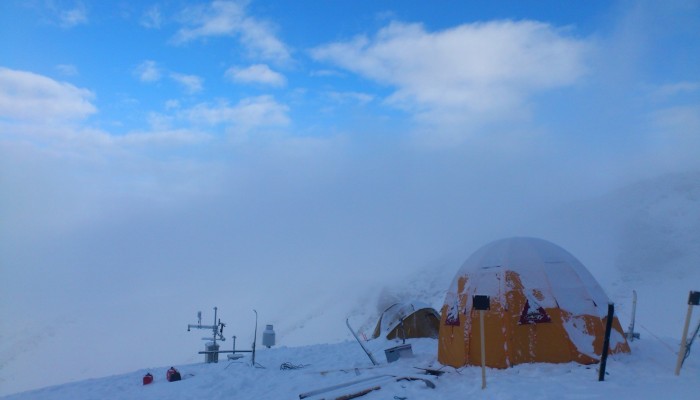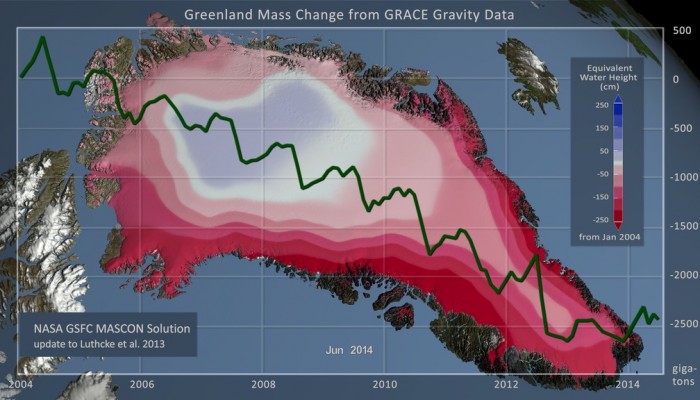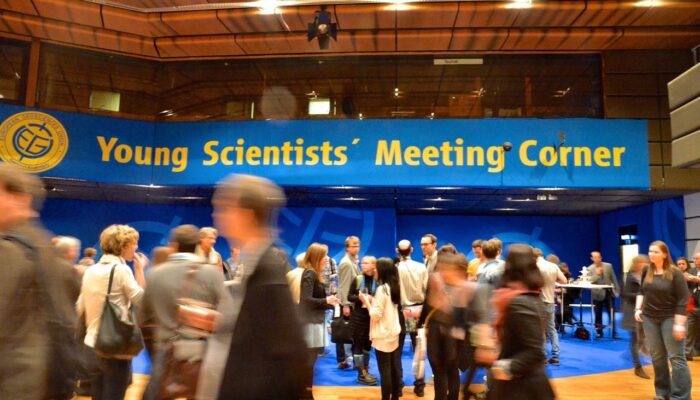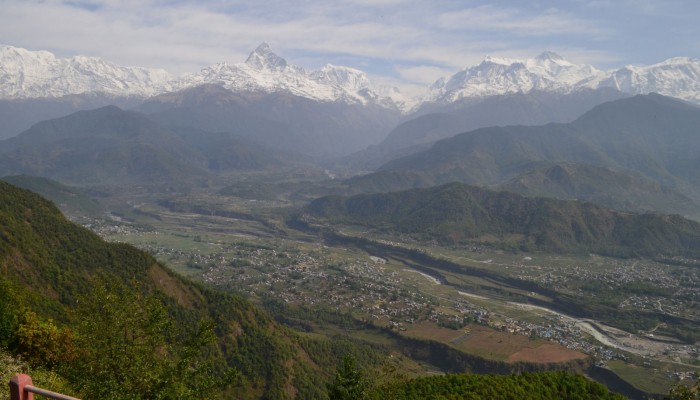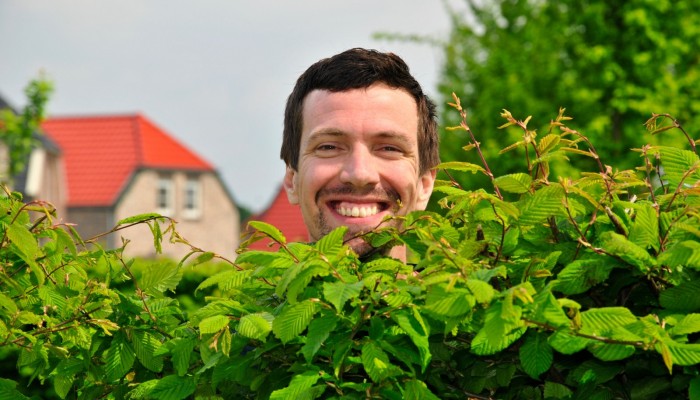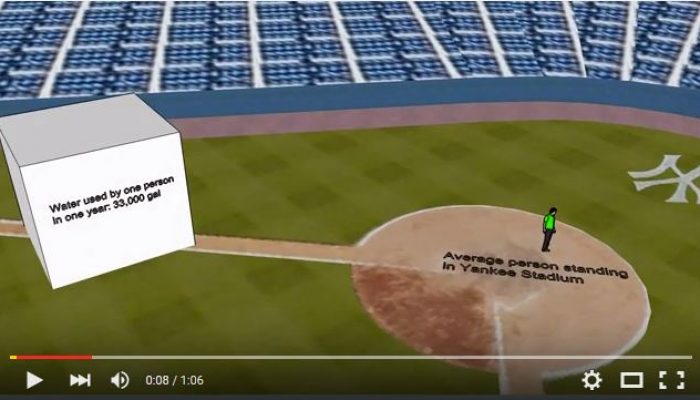Can you imagine camping atop some of the highest mountains in Europe and waking up to a view of snowcapped peaks, deep valleys and endless blue skies? This paints an idyllic picture; field work definitely takes Earth scientists to some of the most beautiful corners of the planet. But, there often are two sides to one story. Kaspar Merz and André Nuber, researchers at ETH Zurich, who took today’s f ...[Read More]
If you didn't find what you was looking for try searching again.
Seismology
Icequakes! Stick-Slip motion under Western Greenland
Check out this very interesting read about Icequakes, available at the Cryospheric Sciences blog page. Cryosphere is the frozen water part of the Earth system, which includes ice that is found in the ocean, such as waters surrounding Antarctica and the Arctic. Read here: Cryospheric Sciences | Image of the Week: Icequakes! Stick-Slip motion under Western Greenland
Cryospheric Sciences
Image of the Week – Changes in the Greenland Ice Sheet Documented by Satellite
Monitoring the changing ice mass of the Greenland Ice Sheet provides valuable information about how the ice sheet is responding to changing climate, but how do we make these measurements over such a large area of ice? Using NASA’s GRACE satellites (twin-satellites flying in formation) it is possible to make detailed measurements of the Earth’s gravitational field. As ice is gained/lost from ...[Read More]
GeoLog
GeoPolicy: Assessing environmental and social impact – applying policy in big industry
Former EGU Science Communications Fellow Edvard Glücksman is our second guest blogger for the newly established EGUPolicy column. Edvard is a Senior Environmental & Social Specialist at the UK-based consultancy Wardell Armstrong and an External Stakeholder Affiliate at the University of Exeter. He describes his work along the research-policy-industry interface. The collapse of a wastewater dam ...[Read More]
Seismology
Consider this: Take your career one step further
Early Career Scientist representative for the Seismology Division Why not take your career one step further? The Seismology Division within the European Geosciences Union is looking for an enthusiastic person to take the role of Early Career Scientist representative for the young generation of seismologists. Making awesome science is very important, but the scientific community does not only need ...[Read More]
GeoLog
Imaggeo on Mondays: The Groapa Ruginoasa
The Apuseni National Park, in Romania, is a geoscientists paradise. This 187,000 acre Park in the Western Carpathians boasts caves, deep valleys and gorges, karst landscapes, rocky steep walls and underground watercourses. The sheer beauty of the landscape is captured in today’s Imaggeo on Mondays image featuring the Groapa Ruginoasa, a deep sandstone ravine. “Locality names of morphol ...[Read More]
GeoLog
Geosciences Column: An international effort to understand the hazard risk posed by Nepal’s 2015 Gorkha earthquake
Nine months ago the ground in Nepal shook, and it shook hard: on April 25th 2015 the M7.8 Gorkha earthquake struck and was followed by some 250 aftershocks, five of which were greater than M 6.0. The devastation left behind in the aftermath of such an event, and how to coordinate disaster-relief efforts in a vast, mountainous region, is difficult to imagine. Yet, this December at the 2015 AGU Fall ...[Read More]
GeoLog
GeoTalk: Roelof Rietbroek, Early Career Scientist Representative
In addition to the usual GeoTalk interviews, were we highlight the work and achievements of early career researchers, over the next few months we’ll be introducing the Division early career scientist representatives (ECS). They are responsible for ensuring that the voice of EGU ECS membership is heard. From organising short courses during the General Assembly, through to running Division Blogs and ...[Read More]
Seismology
The publication circle
In this and upcoming posts guest writer Kathrin Spieker will share her thoughts and experience about how to improve writing skills specifically aimed for publishing in scientific journals. Kathrin is a young seismologist who has recently started publishing her research as part of her PhD study. In this little series, I will talk about the three main parts of scientific publication. The first part ...[Read More]
WaterUnderground
It’s out of the park! Comparing some of the water threats in America…
This is cool! a video is from Owen Miles’ watermurica blog

